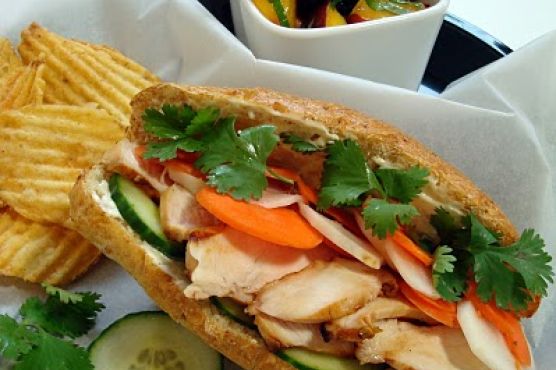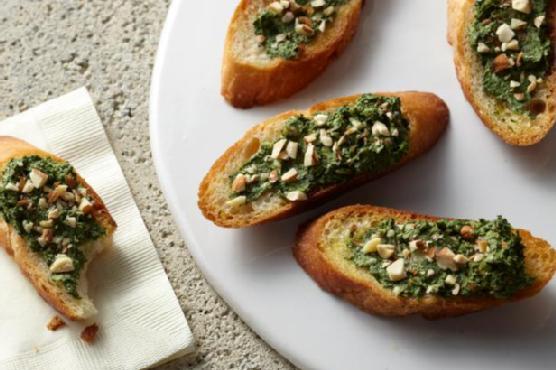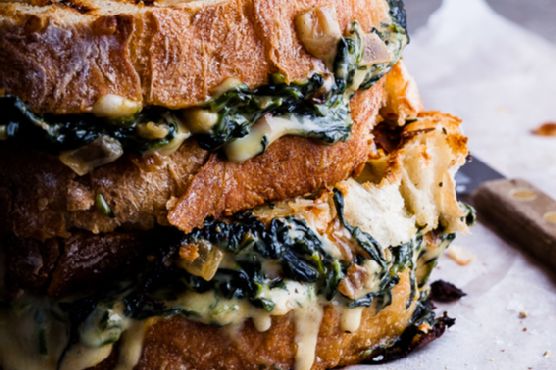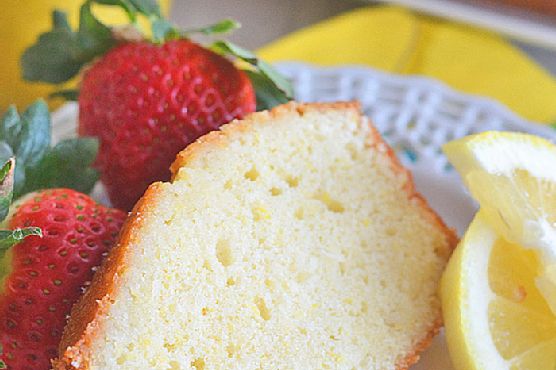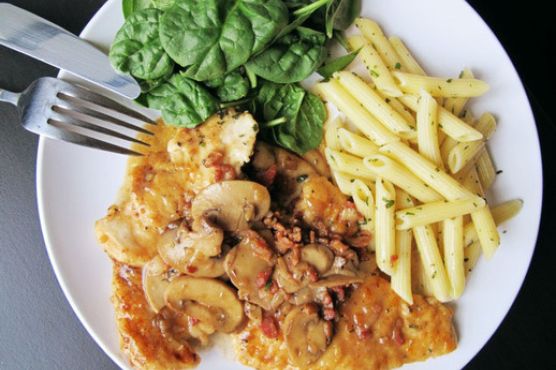Smothered Pork Chops
Smothered Pork Chops could be just the dairy free recipe you've been looking for. For 86 cents per serving, this recipe covers 6% of your daily requirements of vitamins and minerals. One portion of this dish contains approximately 5g of protein, 16g of fat, and a total of 197 calories. This recipe serves 2. A mixture of flour, fresh parsley, fresh thyme leaves, and a handful of other ingredients are all it takes to make this recipe so flavorful. This recipe from For the Love of Cooking has 16 fans. It works well as a side dish. From preparation to the plate, this recipe takes roughly 1 hour. With a spoonacular score of 19%, this dish is not so tremendous. Similar recipes include Smothered Pork Chops, Smothered Pork Chops, and Smothered Pork Chops.
Servings: 2
Preparation duration: 15 minutes
Cooking duration: 45 minutes
Ingredients:
2 slices of bacon, cut into ¼ inch pieces
1 bay leaf
¾ cup + 2 tbsp chicken broth
1 tbsp flour
½ tbsp fresh parsley
½ tsp fresh thyme leaves
2 cloves of garlic, minced
Freshly cracked black pepper, to taste
2 bone-in rib pork chops. ½ to ¾ inch thick, patted dry with paper towels
Sea salt, to taste
1 tbsp vegetable oil
1 tbsp water
1 yellow onion, halved and sliced thin
Equipment:
slotted spoon
paper towels
frying pan
whisk
tongs
aluminum foil
knife
Cooking instruction summary:
Cook the bacon crumbles in a skillet over medium heat until golden brown, remove the bacon with a slotted spoon and place on a paper towel; set aside. Make the roux by removing all but 1 tablespoon of bacon grease from the skillet. Add the flour and cook, stirring often, for a few minutes until the color is dark golden brown like the color of peanut butter, about 3-4 minutes. Whisk in the chicken broth in a slow stream; increase the heat to medium-high and bring to a boil, stirring occasionally. Remove from the heat and cover; set aside. Cook the pork chops by adding one tablespoon of oil (or bacon grease) to a heavy cast iron skillet over medium-high heat. Pat the pork chops dry with a paper towel then season with freshly cracked pepper, to taste, on both sides of the pork. Render the fat on the side of the chop if needed by using tongs to hold the pork chop upright while the fat cooks down for 2 minutes. After rendering the side fat, lay the pork down in the HOT skillet and cook for 3 minutes then flip and cook another 3 minutes. Remove from the skillet and place on a plate then cover loosely with tin foil. Cook the onions by adding a bit more oil to the skillet, if needed, then add the onions and water then season with sea salt and freshly cracked pepper, to taste. Cook, stirring often, until the onions are softened and browned around the edges, about 5 minutes. Stir in the garlic and fresh thyme leaves and cook, stirring constantly, until fragrant, about 30 seconds. Finish the chops by returning them to the skillet then covering them with the onions, reserved sauce from the other skillet, and any juices from the pork chop plate. Add the bay leaf to the sauce in the skillet then cover with a lid and reduce heat to low, and simmer until the pork is tender and a pairing knife inserted into the chops meets very little resistance, about 30 minutes. Transfer chops to a serving plate and cover loosely with a tent of tin foil. Finish the sauce by increasing the heat to medium-high and simmer the sauce rapidly, stirring frequently for about 5 minutes. Discard the bay leaf, stir in the parsley and taste. Season with sea salt and freshly cracked pepper, if needed. Cover the chops with the sauce and top with more parsley and crumbled bacon. Serve and enjoy.
Step by step:
1. Cook the bacon crumbles in a skillet over medium heat until golden brown, remove the bacon with a slotted spoon and place on a paper towel; set aside.
2. Make the roux by removing all but 1 tablespoon of bacon grease from the skillet.
3. Add the flour and cook, stirring often, for a few minutes until the color is dark golden brown like the color of peanut butter, about 3-4 minutes.
4. Whisk in the chicken broth in a slow stream; increase the heat to medium-high and bring to a boil, stirring occasionally.
5. Remove from the heat and cover; set aside.
6. Cook the pork chops by adding one tablespoon of oil (or bacon grease) to a heavy cast iron skillet over medium-high heat.
7. Pat the pork chops dry with a paper towel then season with freshly cracked pepper, to taste, on both sides of the pork.
8. Render the fat on the side of the chop if needed by using tongs to hold the pork chop upright while the fat cooks down for 2 minutes.
9. After rendering the side fat, lay the pork down in the HOT skillet and cook for 3 minutes then flip and cook another 3 minutes.
10. Remove from the skillet and place on a plate then cover loosely with tin foil.
11. Cook the onions by adding a bit more oil to the skillet, if needed, then add the onions and water then season with sea salt and freshly cracked pepper, to taste.
12. Cook, stirring often, until the onions are softened and browned around the edges, about 5 minutes.
13. Stir in the garlic and fresh thyme leaves and cook, stirring constantly, until fragrant, about 30 seconds.
14. Finish the chops by returning them to the skillet then covering them with the onions, reserved sauce from the other skillet, and any juices from the pork chop plate.
15. Add the bay leaf to the sauce in the skillet then cover with a lid and reduce heat to low, and simmer until the pork is tender and a pairing knife inserted into the chops meets very little resistance, about 30 minutes.
16. Transfer chops to a serving plate and cover loosely with a tent of tin foil.
17. Finish the sauce by increasing the heat to medium-high and simmer the sauce rapidly, stirring frequently for about 5 minutes.
18. Discard the bay leaf, stir in the parsley and taste.
19. Season with sea salt and freshly cracked pepper, if needed.
20. Cover the chops with the sauce and top with more parsley and crumbled bacon.
21. Serve and enjoy.
Nutrition Information:
covered percent of daily need
Related Videos:
Smothered Pork Chops - Cooked by Julie episode 302
Slow Cooker Smothered Pork Chops and Gravy - I Heart Recipes
Guy Fieri Eats FRIED and SMOTHERED Pork Chops (from #DDD) | Food Network





